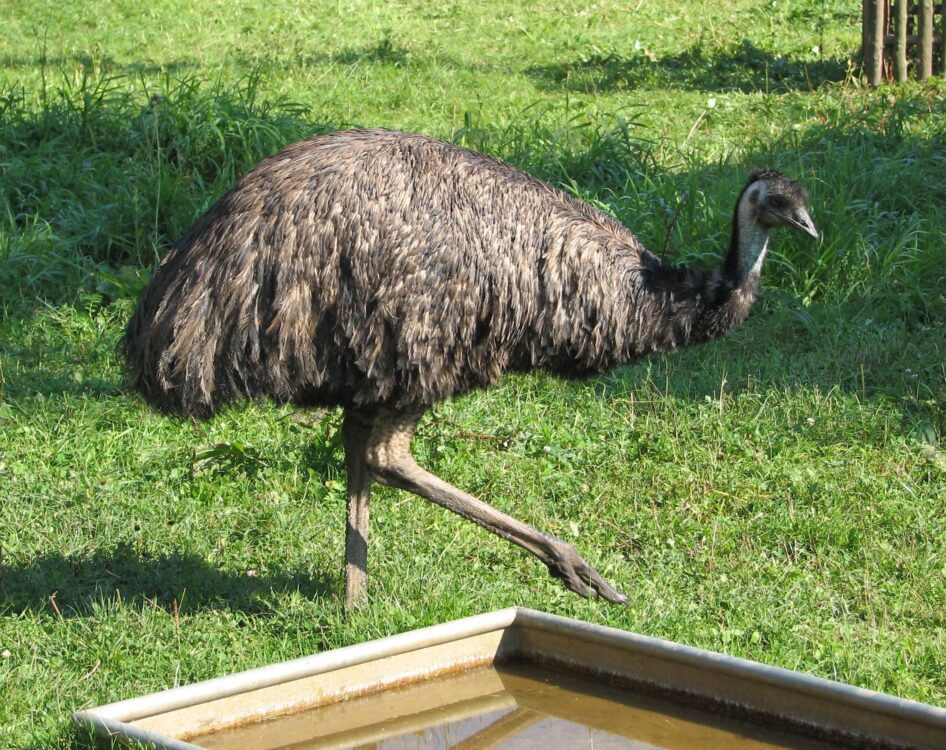One could reasonably expect national symbols to be protected and upheld by their respective countries. In America, patriotic men and women wear shirts bolstering their beloved eagle, while in Canada, proud citizens have even brandished their currency with the fallen leaves of their national plant: the maple tree. The people of 1930s Australia, on the other hand, did not view their national bird with the same affection. Not only did they see the emu as an annoyance, but they also viewed the species as an enemy of the nation’s armed forces.
Not only did they see the Emu as an annoyance, but they also viewed the species as an enemy of the nation’s armed forces.
The Great Emu War of 1932 occurred during the world’s economic crisis and America’s Great Depression. Desperate ex-soldiers from Britain fled to Australia to expand and buy open land for agricultural use. While they tried to rely on their wheat crops during the economic crisis, these new settlers had not considered the native life of their unfamiliar area. Meanwhile, as the emu population followed its normal migration pattern toward the water in southwest Australia, the birds encountered the freshly grown crops and took a snack break. Within 40 square miles of the farmers were approximately 20,000 emus, which “averaged out to be about 500 birds per square mile,” according to a History Nuggets article. Furious about their sudden loss of crops, the farmers convinced the country’s minister of defense, Sir George Pearce, to enact a military mission to use machine guns and ammunition against the birds. They argued that the use of military resources would benefit the nation’s economy and allow for useful shooting practice.
They can face machine guns with the invulnerability of tanks.
When the soldiers went to battle against the birds, they discovered them to be unarmed yet challenging opponents. The birds were extremely agile and able to avoid a majority of the soldiers’ bullets, while also being able to sustain some of these shots. The men were understandably embarrassed as their expensive military efforts not only spanned multiple attempts, but their small casualty number of 200 emus had “used 2,500 rounds of ammunition,” according to an article in the Journal of Australian Studies. A local paper, The Sydney Morning Herald, later wittingly compared the nation’s bird to high-grade military equipment, saying, “if we had a military division with the bullet-carrying capacity of these birds, it would face any army in the world… They can face machine guns with the invulnerability of tanks.”
Image courtesy of Wikimedia Commons


